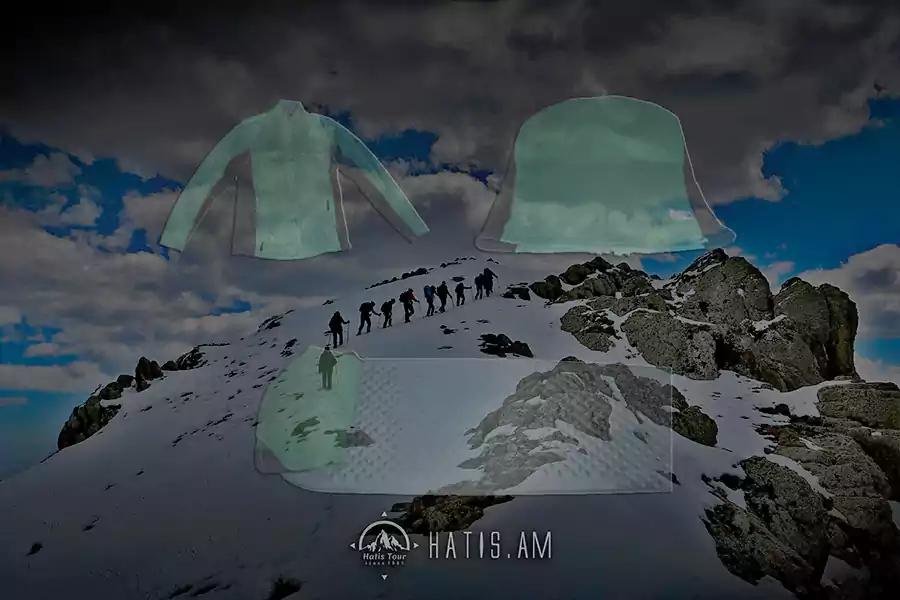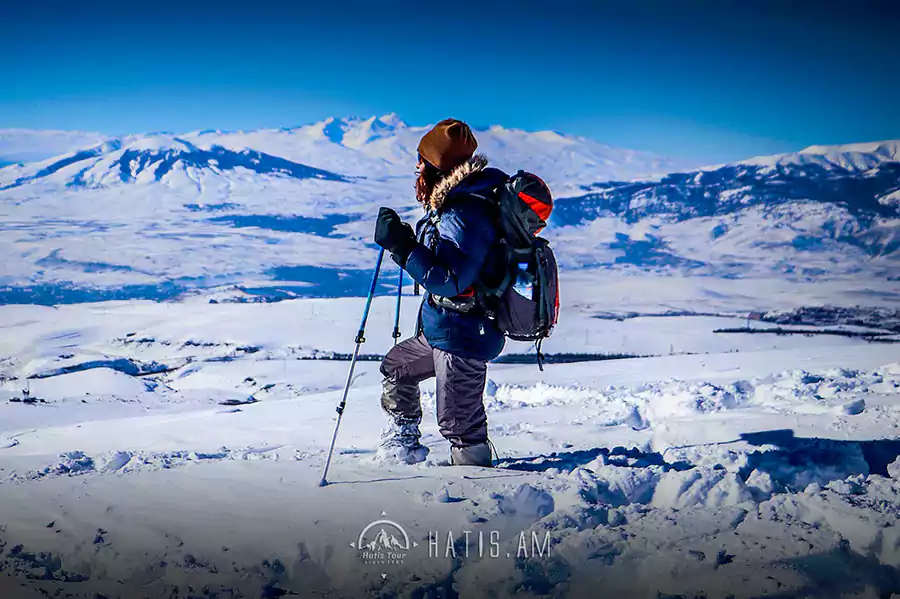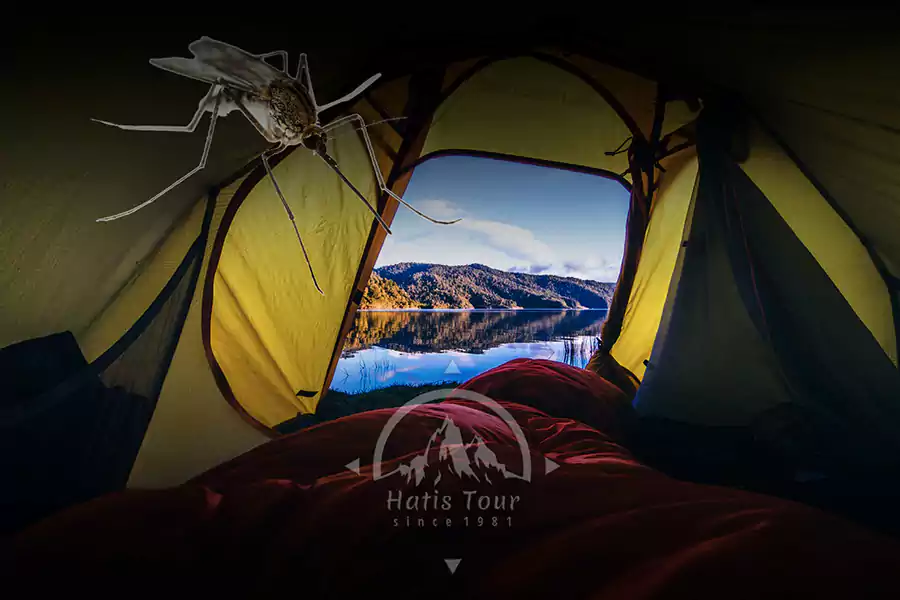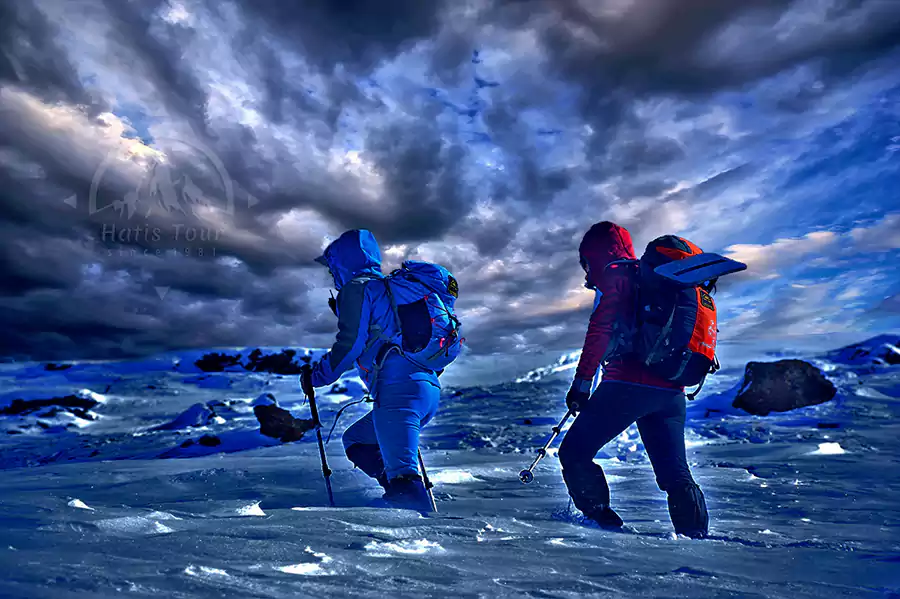
First of all, a very clear explanation for beginners who take their first steps in hiking. When searching on websites and general interest, we often hear the names "shoe covers", “gaiters”, "high socks” in some cases also «lanterns». In fact, all of these things are the same, they’re about the same thing. From now on, let’s agree to call them tourist gaiters and get to know them.



.webp)
.webp)
.webp)
.webp)






.webp)
.webp)
.webp)
.webp)
.webp)
.webp)


Leave a comment